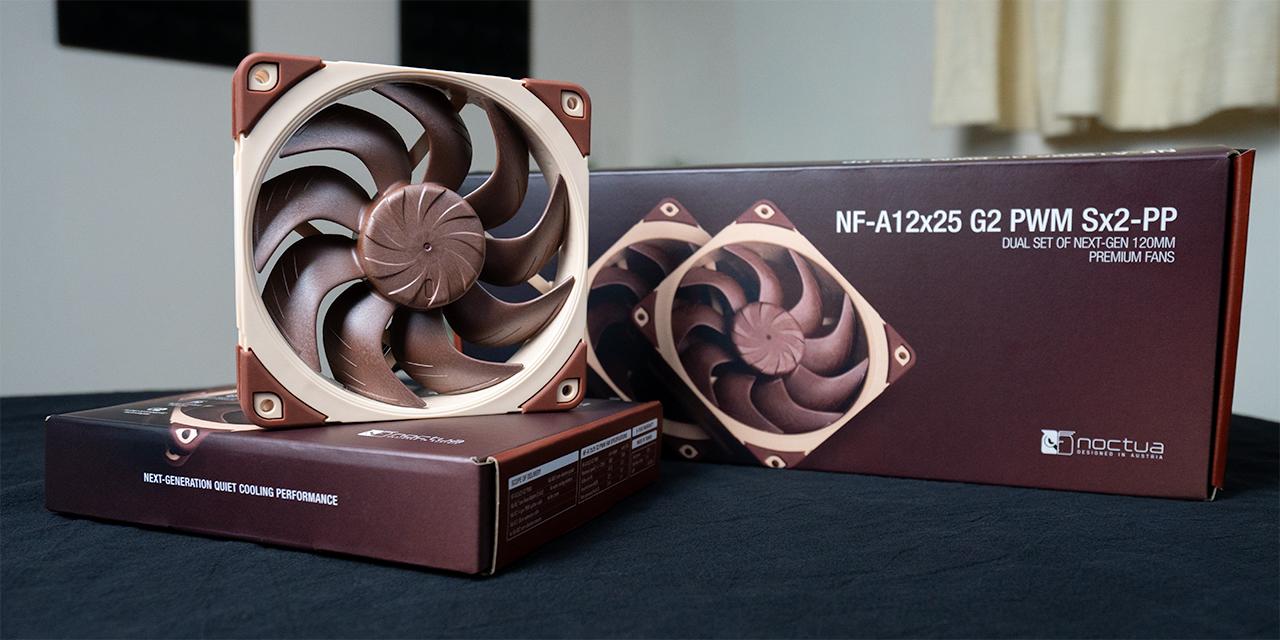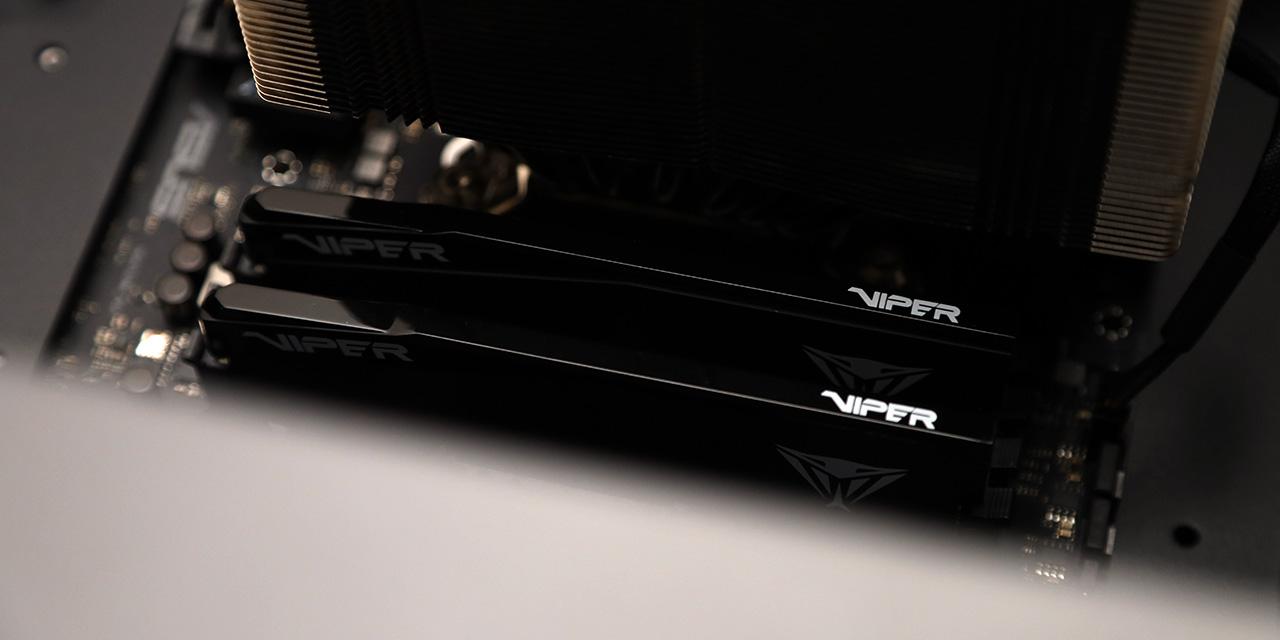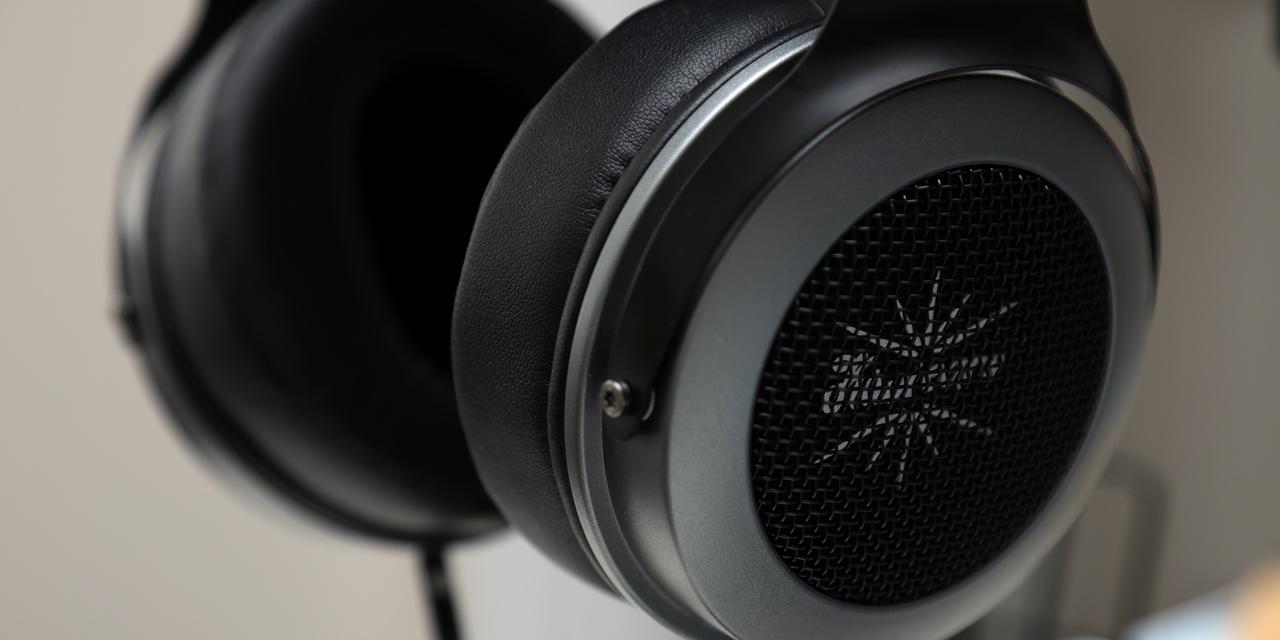Page 3 - Physical Look - Inside

Removing two thumb screws, we can now slide the side panel out to get a good look at the interior design of the In Win Dragon Rider. Although the exterior is not exactly to my taste (Again, this is subjective), I am pleased to say that the interior is actually very well designed. It is painted matte black all around. Also, we can see the 220mm LED fan below provided by In Win mounted on the mesh panel. Larger fans tend to be a cooling enthusiast favorite, because they typically move more air at lower speeds. For the Dragon Rider, you really never need to be worried about overheated components with a 220mm fan taking fresh air into the system. However, aforementioned in the previous page, I really wish In Win had spent the time to install more fan filters. I would also like to see In Win tone down on the overall area covered by the mesh. I doubt anyone would ever spend $60 or more to install a matrix of six 120mm fans to replace an already provided 220mm LED fan. So with that said, In Win should really take out the unused mesh that would just sit there collecting more dust, and change the mounting options to allowing 140mm configurations; generally something a little bit more toned down than the current option.
The inner side of the side panel also has some foam lining for sound isolation. However, I really am quite disappointed in this. From the above image, you can see that the foam provided is pretty much packaging foam. In fact, In Win does not even install the foam using one sheet, and instead uses several cut out pieces to just glue onto the side frame. The result is ugly, cheap, and pieced together as if it were a high school project, oh snap. Also, with a mesh panel that measures over 12x12" with a 220mm fan mounted right on it, what is a little bit of foam going to do? It is almost as if In Win decided to leak-proof the side hull of a submarine, while leaving a huge gaping hole at the bottom.
On another note, the interior of the Dragon Rider follows a black-lime green theme. All hard drives, optical drives, and the top and back exhaust fans are implemented with a lime-green finish, which looks surprisingly nice. However, the inclusion of having blue LEDs with a black and lime green color scheme is beyond me. In my opinion, In Win should stick to one color theme. Frankly, I think having green LEDs would have made the case look amazing to complement the interior lime-green touch. The case measures in at 556mm in height, 239mm in width, and 579mm in length, which is not considered huge for a full tower chassis capable of housing an eATX motherboard. The net weight of the case is around 27 lbs. It is fairly heavy, but something to be expected from a steel-framed chassis.

As stated previously, the In Win Dragon Rider is able to house up to eATX sized motherboards. mATX and ATX are also compatible with the case. The Dragon Rider's standoff mounting holes are labeled by numbers on the motherboard tray. Like many cases, the Dragon Rider has a 120mm exhaust fan seen at the back. The top exhaust also uses a preinstalled 120mm fan. Both exhaust fans use 3-pin motherboard headers, and none of them have fan filters. This is not much of an issue for the rear exhaust fan, but for the roof of the case, this is something we would have loved to see. Beside the top exhaust fan is another fan opening for a second one. Because the roof of the chassis allows the mounting option of two 120mm fans, water coolers could most definitely utilize the roof to install a radiator. Still, the only thing missing from the final ingredient is the filters. If one were to not mount a single additional 120mm fan, then dust particles would definitely find their way through the roof of the case, especially with an unused 120mm fan grille. Another problem, stated many times throughout the review, is the unnecessary extra openings found around the fans. From the above image, we can make out three to four extra hexagonal lines around the fan that will serve no purpose. Those extra holes are most definitely not going to improve the cooling performance of the case, and will just continue to be another way for dust to pass through into the case. In my personal opinion, I believe In Win should have paid more attention to the finer details of the case, which would have made a huge difference.
Below the top two fan grilles is a large opening on the motherboard tray for users to easily install aftermarket CPU heatsink backplates. The hole is actually quite large to accommodate motherboards of different generations. We can also see that the Dragon Rider uses something that is not traditional in most chassis. Between the motherboard tray and the roof, In Win decided to leave an open area. This is actually quite interesting, and could possibly allow more flexibility for wiring or more airflow, but more on that later.

Since the case uses a bottom mounted power supply, we can see the usual ventilated grille and the four rubber grommets to lessen the vibration. Again, I would like to stress that In Win needs to pay more detailed attention. In this, I mean the rubber stands. Without much force, one of the grommets fell off from its position, so I had to stick it back on. In the accessories, the Dragon Rider is packed with extra PSU grommets to stick on, so maybe In Win knew that the grommets were this fragile.
Here is the only fan filter in the entire case. Sure it is a fan filter so in that sense, I give props to In Win. However, and there is always a 'however', the single fan filter has one major design flaw. It is the fact that the filter goes between the bottom grille and the PSU. This means that in order to clean the fan filter, one would need to take out your power supply to clean the filter. Of course any person could stick a vacuum cleaner through the bottom, although that really is not the most effective method of cleaning a filter.
Just above the bottom mounted power supply unit bay are the tool-free expansion card slots. Along with the tool-free mechanism seen in the 5.25" and 3.5" drive bays, In Win has made the Dragon Rider a fairly tool-free case, which is great for users that find this extra convenience beneficial.

You can observe the interior positioning of the 5.25" container that stores all the 3.5" and 5.25" drive rails. As mentioned before, I ended up taking this container out, just because I found the feature to be useless. It takes up space, adds more weight, could possibly lessen airflow, and no one can see it.
Below this is the one and only 2.5" tray for laptop hard disks or for solid state drives. Many other cases have systems where all the 3.5" bays or trays could serve as adapters for 2.5" drives. This would give more flexibility to users that may need to install more than one 2.5" drive, so this is a suggestion that In Win should take into consideration.

Here at the backside of the motherboard tray, we can clearly make out what In Win has done. First off, like the motherboard tray gap seen at the top, the bottom also has a gap. Again, this innovation is quite creative that could do several things. Cabling can get more creative, airflow could be improved, and the entire unit could be lighter. Does this actually work when putting your entire system together? Well, the next page will go through that. What I would of liked to see though, is some rubber-lined cable hiders at the cable routing holes. I know I am being picky, but small things like this make a good case a great case.
There is roughly 11mm of gap between the tray and the side panel for cabling room. This is not a lot of room, but the bevel of the side panel adds to this, so one should have more than enough room for cable management.
Page Index
1. Introduction, Packaging, Specifications
2. Physical Look - Outside
3. Physical Look - Inside
4. Installation and Conclusion





